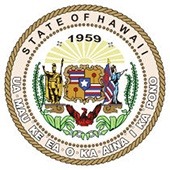Active Participation: Using Math Templates
(View Complete Item Description)Using math templates during instruction keeps each student actively involved and allows the teacher to informally assess each student's proficiency with the skills and concepts addressed in the day's lesson. Many teachers regularly use whiteboards to have students record answers, write terms, draw pictures, etc. The use of templates in sheet protectors extends this practice and eliminates the time spent drawing diagrams, etc., allowing students more time to demonstrate mathematical proficiency. Teachers who regularly use math templates include planned task items that assess student proficiency. Careful observation of student responses allows teachers to form flexible small groups for additional instruction or enrichment and also better plan for instruction.
Material Type: Teaching/Learning Strategy




















